The snake plant, also known as mother-in-law’s tongue, is an attractive and low-maintenance houseplant with powerful air-purifying properties. It efficiently absorbs carbon dioxide, chlorine, ethylene, and other harmful gases while releasing oxygen, improving indoor air quality and promoting a healthier environment for your family.
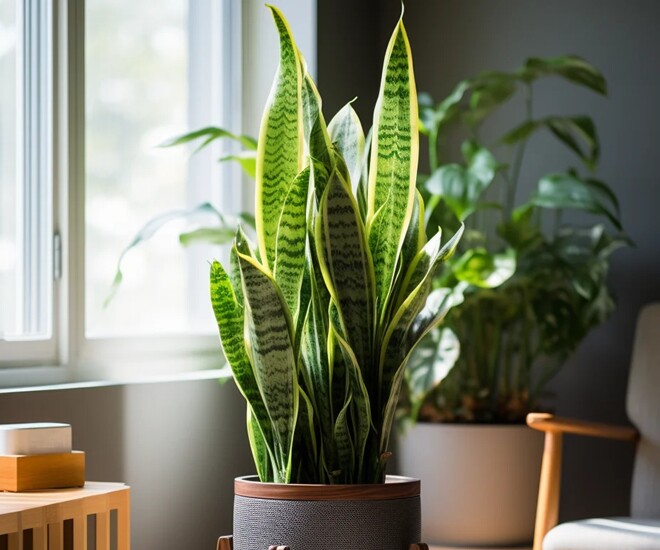
In addition to its functional benefits, the snake plant is easy to care for and highly adaptable. It thrives in bright, cool environments but is sensitive to cold temperatures. Proper care during fall and winter is crucial to ensure its healthy growth in the following year.
With the recent shift in weather patterns, the continuous rainfall, and the dropping temperatures, especially at night, winter is just around the corner.
Paying extra attention to your snake plant during this season is essential. Performing these two critical tasks will not only help your plant survive the winter but also encourage it to produce more new sprouts come springtime.
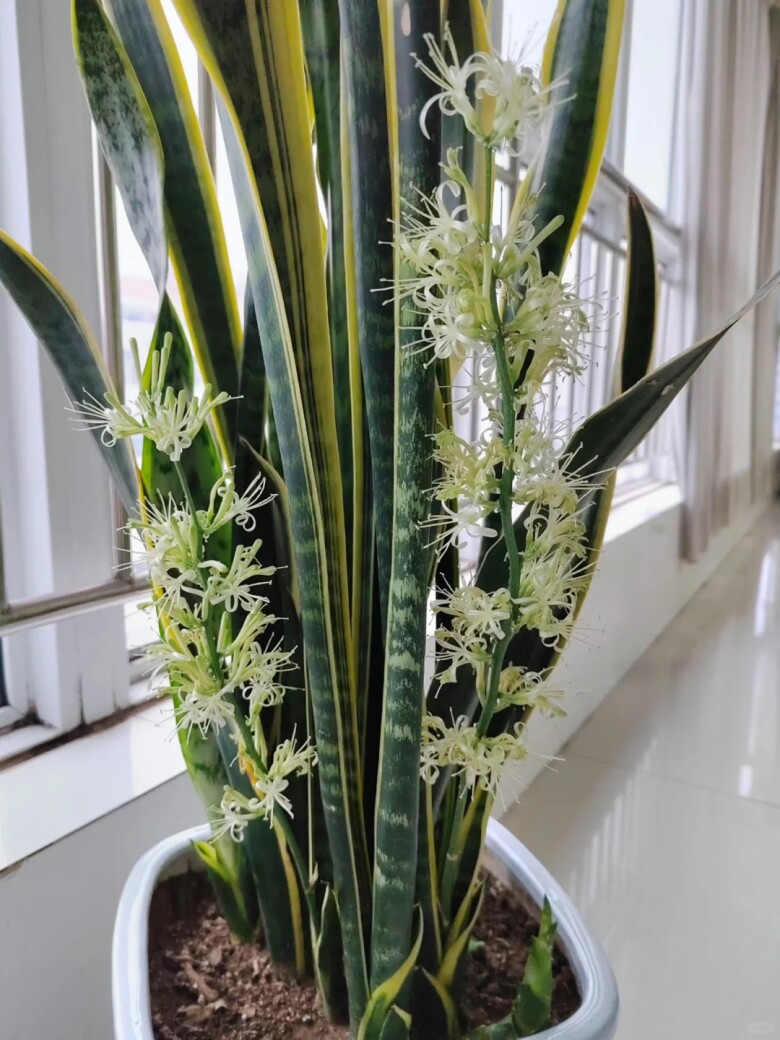
1. Relocate your snake plant to a suitable environment:
Snake plants are particularly susceptible to cold temperatures and can suffer from frostbite when the temperature drops below 41°F (5°C). Move your plant to a warmer location, and if necessary, use a bag to cover it, remembering to poke a few holes for ventilation. During periods of prolonged cold, reduce watering, and when the temperature falls below 50°F (10°C), it’s best to stop watering altogether.
In the winter, when natural light is limited, ensure your snake plant receives adequate sunlight. This will not only improve its frost resistance but also enhance photosynthesis, resulting in greener and fuller leaves.
However, be mindful that during this season, homes are typically sealed up tight, which can hinder air circulation. If you keep your snake plant indoors, remember to open the windows regularly to promote ventilation and prevent pest infestations.
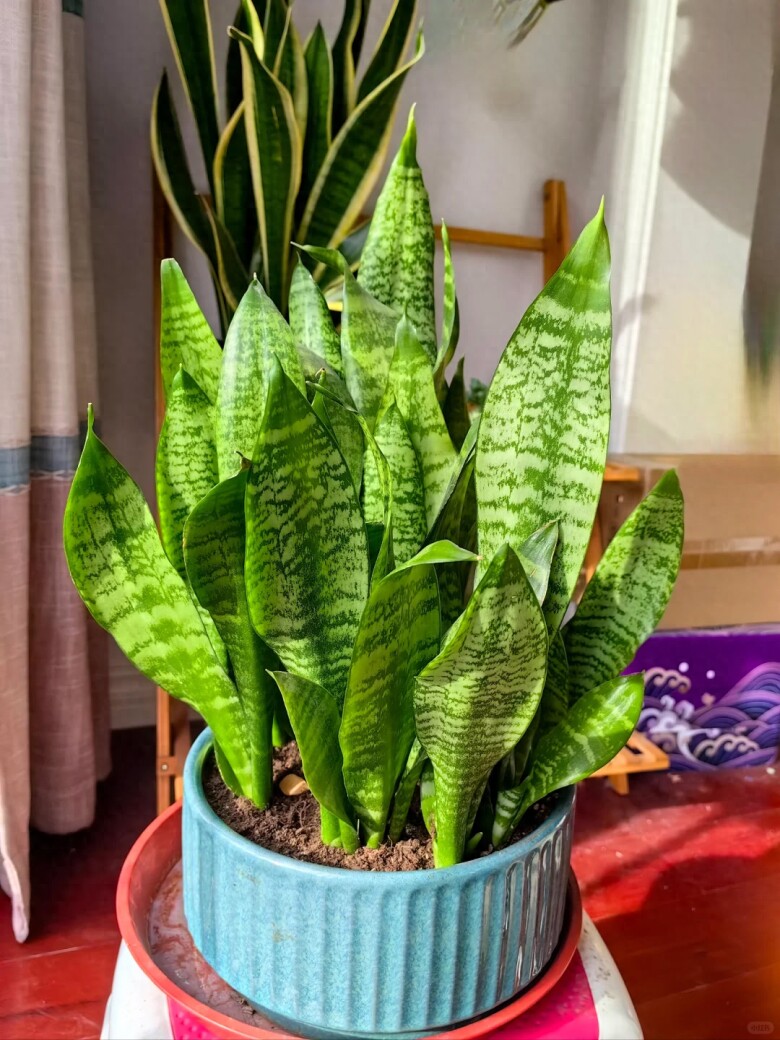
2. Repot your snake plant with fresh soil:
The lifespan of potted soil is typically between two and three years. Over time, the plant’s continuous growth depletes the soil’s nutrients, leading to reduced plant activity, hardened soil, poor aeration, and decreased water retention, all of which negatively impact the plant’s health.
If you haven’t repotted your snake plant in a while, now is an excellent time to do so. Fall and spring, particularly around October, are ideal for refreshing your plant’s soil and promoting its vigorous growth.
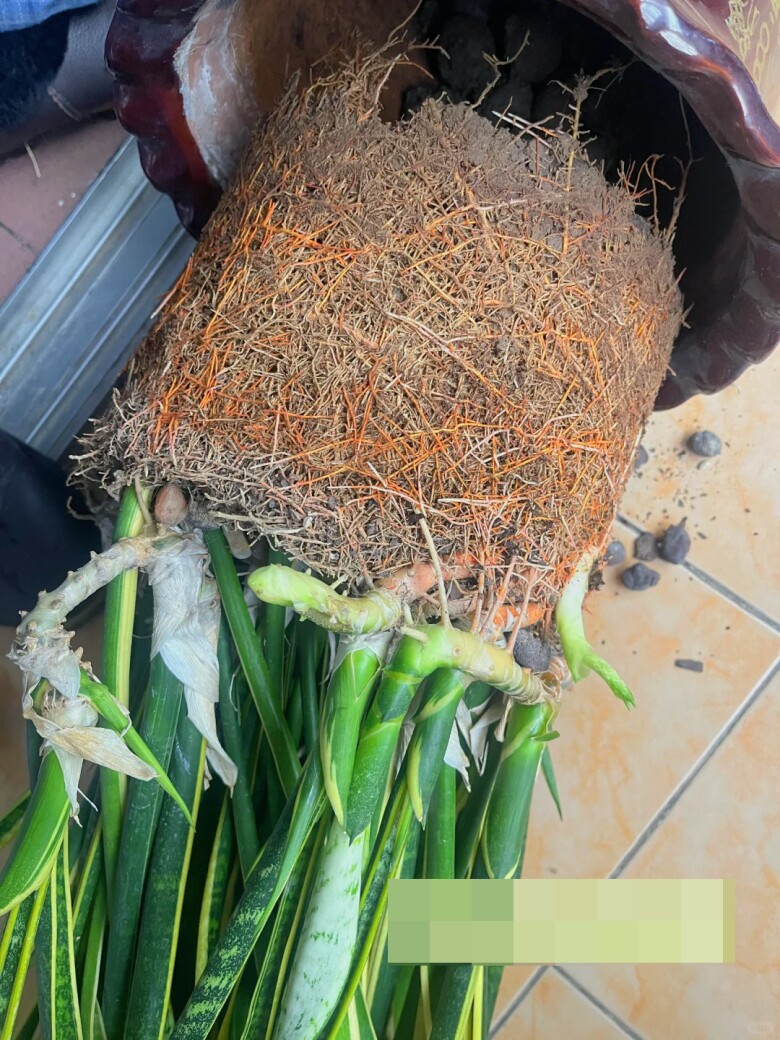
Here are the steps to repot your snake plant in the fall:
– Remove the plant from its current pot: Gently tap the bottom of the pot to loosen the root ball. Hold the stem and slowly remove the plant, being careful not to damage the roots.
– Prune the root system: Examine the roots and trim any that are excessively long, dense, or damaged. Use a sharp knife or shears to cut away unhealthy roots, starting from the base, and remove old roots to encourage new growth.

– Divide the plant (if necessary): If your plant has outgrown its pot, you can divide the clump into multiple sections. Ensure each division retains at least one complete main root and several side roots. After dividing, each section can be potted individually.
– Choose the right soil: Snake plants prefer well-drained, airy soil. Opt for sandy, loose soil and add some decomposed organic fertilizer to provide sufficient nutrients.
– Repot and care for your plant: Once you’ve prepared the soil, repot your pruned snake plant into a new container. Place a layer of good drainage material, such as ceramsite or gravel, at the bottom of the pot, and then add the new soil. After repotting, place the plant in a cool, shaded area, avoiding direct sunlight. Keep the soil slightly moist, but be careful not to overwater.
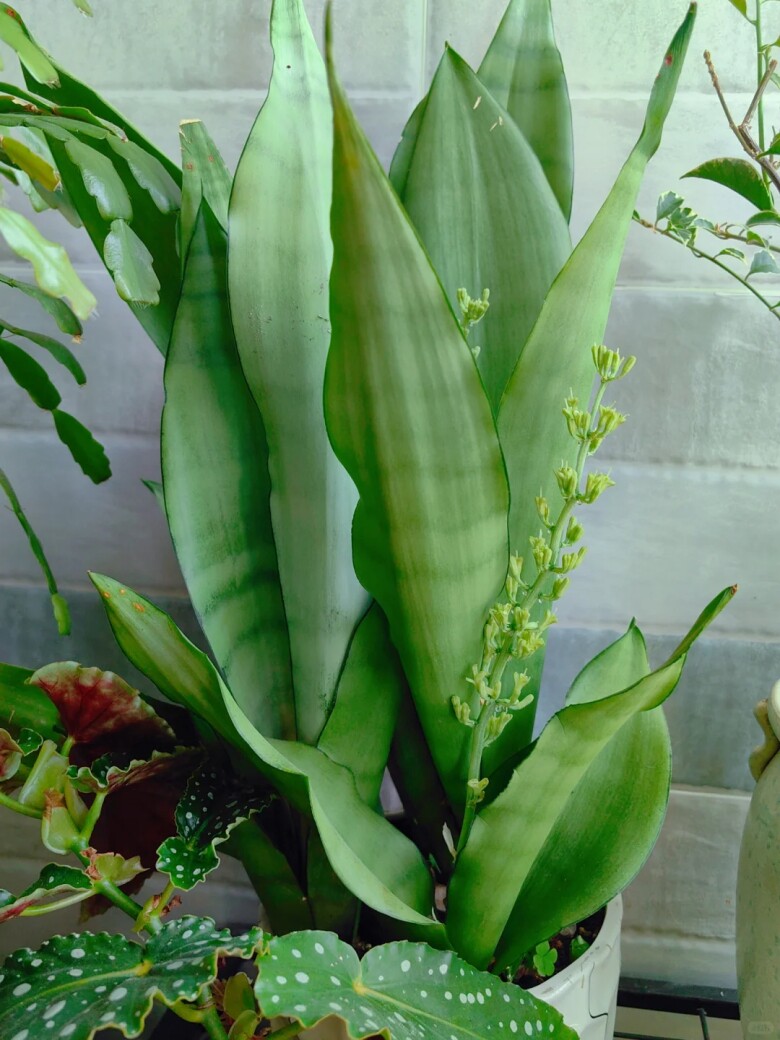
Maintenance tips after repotting your snake plant:
– Water wisely:
The basic principle of watering snake plants in winter is to keep the soil slightly dry and reduce both the amount of water and the frequency of watering. Since snake plants grow slowly in winter and require less water, frequent watering can lead to root rot.
In winter, especially when temperatures drop, the plant’s basic growth needs decrease. Therefore, reduce the amount and frequency of watering. Specifically, when the temperature falls below 50°F (10°C), reduce watering and allow the soil to dry slightly. If the indoor temperature is low, water once or twice a month; if the temperature is higher, water once or twice a week.
In winter, the temperatures are typically lower in the morning and evening. Therefore, avoid watering during these times to prevent root damage due to cold water temperatures. Instead, water during the warmer hours of the day, usually around noon, when your snake plant can absorb water more efficiently and is less likely to suffer from frostbite.
When watering your snake plant in winter, use water that is close to room temperature, and avoid using very cold water.
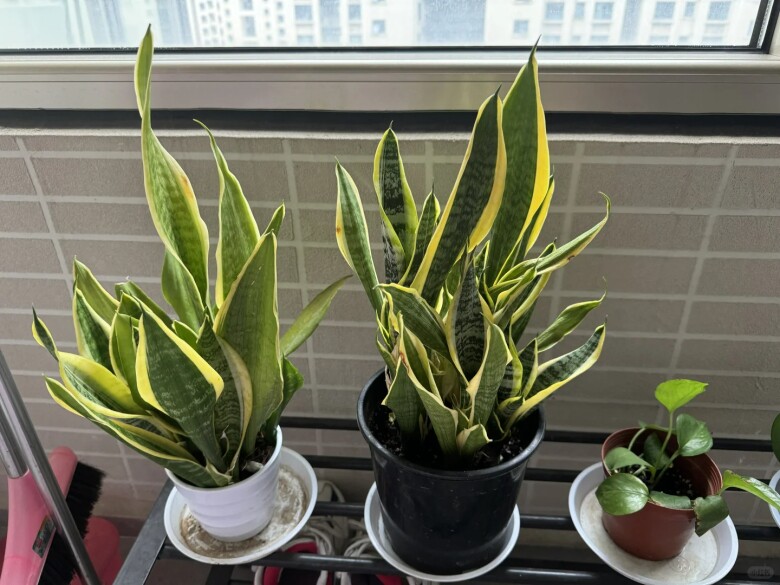
– Fertilize appropriately:
Snake plants enter a dormant state when temperatures drop below 41°F (5°C), but if kept indoors, they can continue growing. As long as the temperature stays above 50°F (10°C), you can provide reasonable fertilization.
Before winter sets in, use a fertilizer high in potassium. This will not only strengthen the roots but also make the leaves more resilient and less susceptible to frostbite during the cold months. Fertilize once every ten days.






























